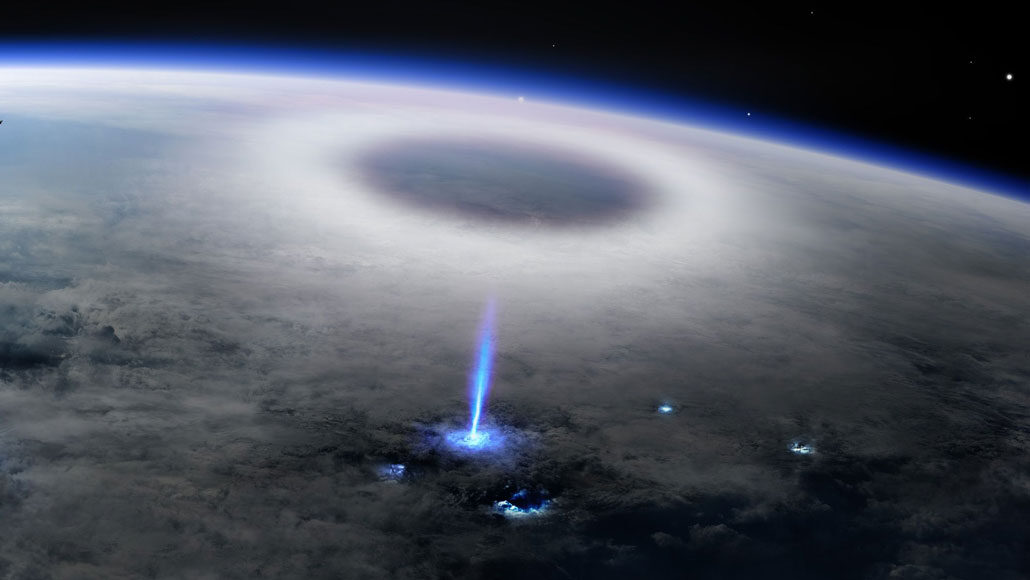atmosphere: The envelope of gases surrounding Earth or another planet.
cloud: A plume of molecules or particles, such as water droplets, that move under the action of an outside force, such as wind, radiation or water currents. (in atmospheric science) A mass of airborne water droplets and ice crystals that travel as a plume, usually high in Earth’s atmosphere. Its movement is driven by winds.
electric current: A flow of electric charge — electricity — usually from the movement of negatively charged particles, called electrons.
electricity: A flow of charge, usually from the movement of negatively charged particles, called electrons.
electronics: Devices that are powered by electricity but whose properties are controlled by the semiconductors or other circuitry that channel or gate the movement of electric charges.
excite: (in chemistry and physics) To transfer energy to one or more outer electrons in an atom. They remain in this higher energy state until they shed the extra energy through the emission of some type of radiation, such as light.
GPS: Abbreviation for global positioning system, which uses a device to calculate the position of individuals or things (in terms of latitude, longitude and elevation — or altitude) from any place on the ground or in the air. The device does this by comparing how long it takes signals from different satellites to reach it.
International Space Station: An artificial satellite that orbits Earth. Run by the United States and Russia, this station provides a research laboratory from which scientists can conduct experiments in biology, physics and astronomy — and make observations of Earth.
lightning: A flash of light triggered by the discharge of electricity that occurs between clouds or between a cloud and something on Earth’s surface. The electrical current can cause a flash heating of the air, which can create a sharp crack of thunder.
nitrogen: A colorless, odorless and nonreactive gaseous element that forms about 78 percent of Earth's atmosphere. Its scientific symbol is N. Nitrogen is released in the form of nitrogen oxides as fossil fuels burn. It comes in two stable forms.
Pacific: The largest of the world’s five oceans. It separates Asia and Australia to the west from North and South America to the east.
phenomena: Events or developments that are surprising or unusual.
physics: The scientific study of the nature and properties of matter and energy. Classical physics is an explanation of the nature and properties of matter and energy that relies on descriptions such as Newton’s laws of motion. Quantum physics, a field of study that emerged later, is a more accurate way of explaining the motions and behavior of matter. A scientist who works in such areas is known as a physicist.
radio: Referring to radio waves, or the device that receives these transmissions. Radio waves are a part of the electromagnetic spectrum that people often use for long-distance communication. Longer than the waves of visible light, radio waves are used to transmit radio and television signals. They also are used in radar. Many astronomical objects also radiate some of their energy as radio waves.
satellite: A moon orbiting a planet or a vehicle or other manufactured object that orbits some celestial body in space.
sensor: A device that picks up information on physical or chemical conditions — such as temperature, barometric pressure, salinity, humidity, pH, light intensity or radiation — and stores or broadcasts that information. Scientists and engineers often rely on sensors to inform them of conditions that may change over time or that exist far from where a researcher can measure them directly
smartphone: A cell (or mobile) phone that can perform a host of functions, including search for information on the internet.
stratosphere: The second layer of the Earth’s atmosphere, just above the troposphere, or ground layer. The stratosphere stretches from roughly 14 to 64 kilometers (9 to about 31 miles) above sea level.








